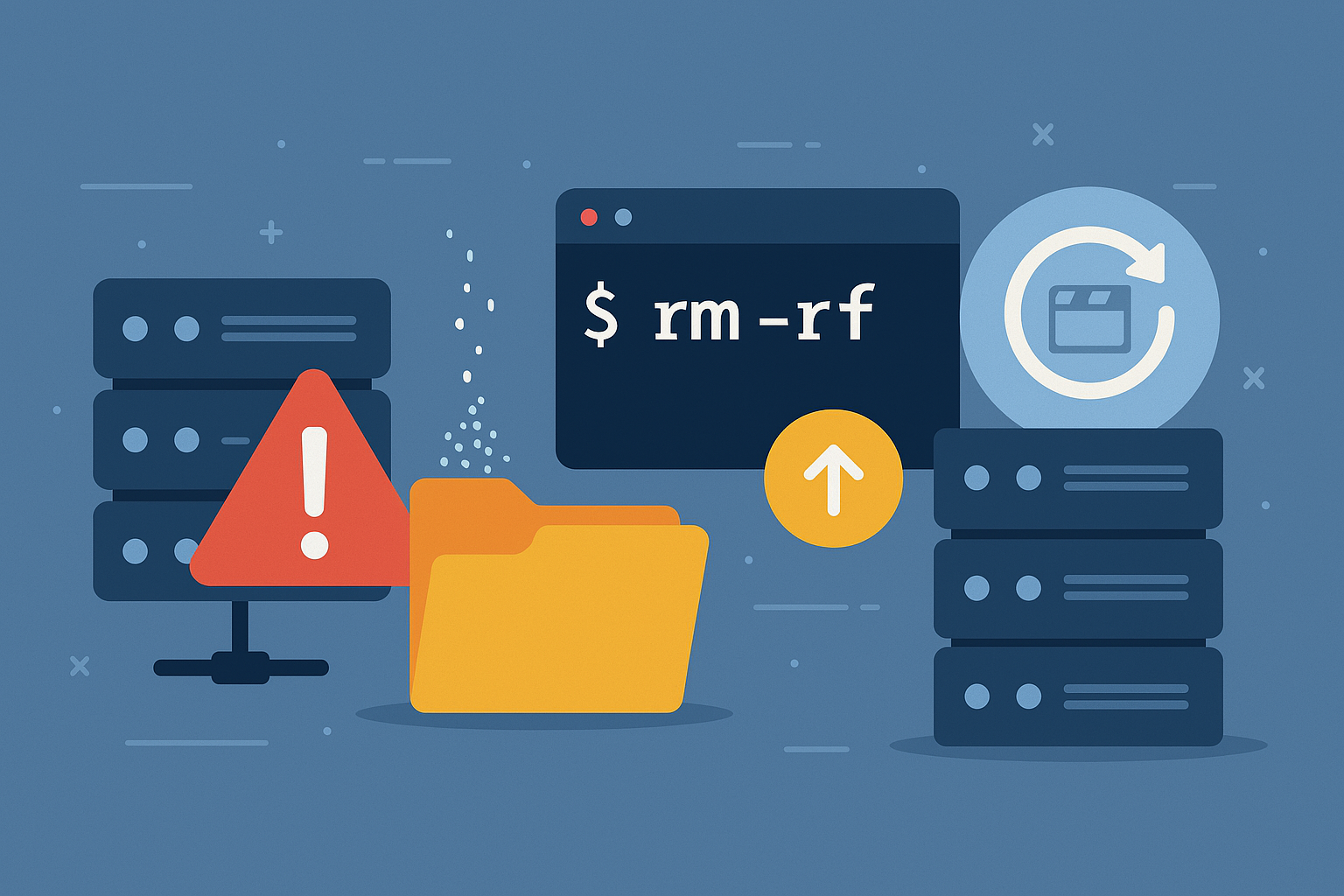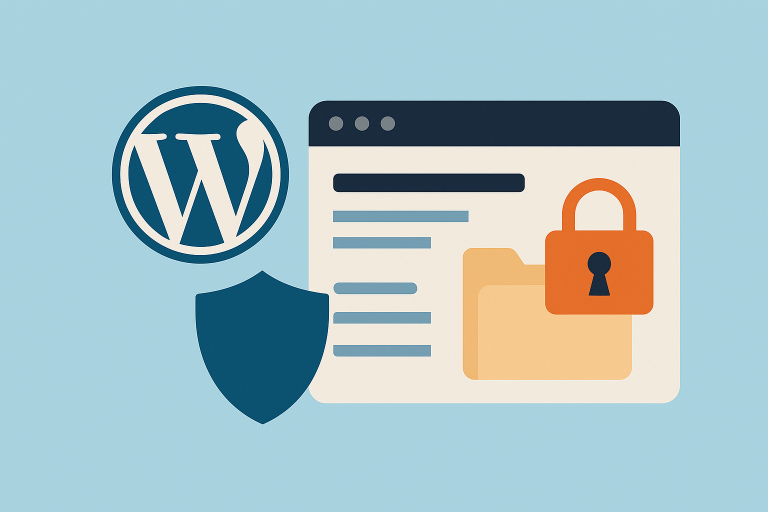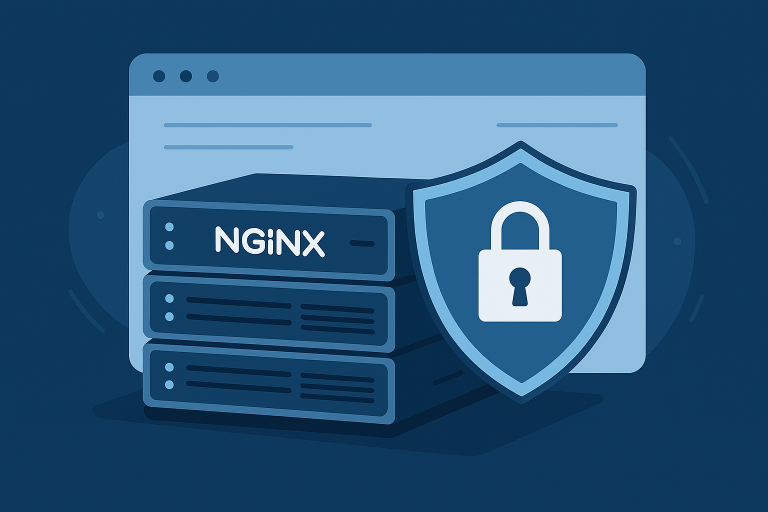Let me tell you about the day I almost broke everything.
I was logged into my production server. I wanted to clean up a small temp folder. Just a quick rm -rf. No big deal.
Except…
I was in the wrong directory.
rm -rf /var/www
That wasn’t a temp folder. That was my entire website.
No warning. No undo. Just silence.
And a second later, I knew: I messed up.
🔥 First Reaction: Don’t Panic (But Also… Panic a Little)
I sat there frozen for a moment. Then my brain started racing:
- Is there a backup?
- Can I restore?
- What even got deleted?
If this ever happens to you — STOP everything. Don’t try to fix it by guessing. Breathe.
Let’s break down what I did (and what I wish I had done earlier).
✅ Step 1: Check If You Have a Backup (Please Say Yes)
I remembered I had automated daily backups using rsync + cron, and they were stored in /home/backups.
You might have:
- UpdraftPlus backups (if you use WordPress)
- Manual zip files
- Snapshots from your hosting provider (like DigitalOcean, AWS, or Linode)
🔍 Tip:
If you use Cloud VPS, check your dashboard. Some providers create daily auto-snapshots without telling you.
In my case:
ls /home/backups
And there it was:backup-2025-03-30.tar.gz 🙏
✅ Step 2: Restore from the Backup
I extracted the backup into a temporary folder:
mkdir /tmp/recovery
tar -xzvf /home/backups/backup-2025-03-30.tar.gz -C /tmp/recovery
Then I carefully copied the website directory back into place:
cp -r /tmp/recovery/var/www /var/www
Checked permissions:
chown -R www-data:www-data /var/www
Restarted the web server:
sudo systemctl restart nginx
And like magic…
The site was back.
❌ What If You Don’t Have a Backup?
If you’re here and you don’t have backups… I’ve been there too.
You have 3 options:
1. Check Trash or Undelete Tools
If you’re using a desktop Linux system, deleted files may go to Trash. But on servers? Probably not.
There are tools like:
extundeletefor ext3/ext4 systemstestdiskandphotorecfor disk recovery
⚠️ Warning: These tools only work if the deleted space hasn’t been overwritten. Stop using the server immediately.
2. Check Your Web Host Panel
Some hosting panels like cPanel, Plesk, or RunCloud keep automatic backups or snapshots. Look under “Backups” or “Snapshots.”
3. Rebuild from Cache or Git
If your site was public, you can recover content via:
- Google Cache
- Archive.org (Wayback Machine)
- Local repo (if you push your code to GitHub or GitLab)
🧠 What I Do Differently Now
Here’s what changed after this experience:
✅ 1. I Aliased rm to Use the Trash
alias rm='mv --target-directory=/home/trash'
Now, rm doesn’t delete, it moves files to a safe folder first.
✅ 2. I Require Confirmation on All rm -rf Commands
alias rm='rm -i'
The -i flag asks “Are you sure?” every time. Annoying? Yes. But it saves lives.
✅ 3. I Do Scheduled Backups — Twice Daily
0 */12 * * * /usr/bin/rsync -a /var/www /home/backups/ >> /var/log/backup.log
Backups are rotated weekly to save space.
✅ 4. I Use --no-preserve-root Lock
Linux won’t let you delete / by accident unless you use --no-preserve-root. Never use that flag. Ever.
💡 Final Thought
I used to think rm -rf was just a tool.
Now, I treat it like a chainsaw. Powerful, but dangerous if you’re careless.
If you take one thing from this article, let it be this:
Backups aren’t optional. They’re your seatbelt.
Because one day, it won’t be “if” something breaks — it’ll be “when.”





Leave a Comment